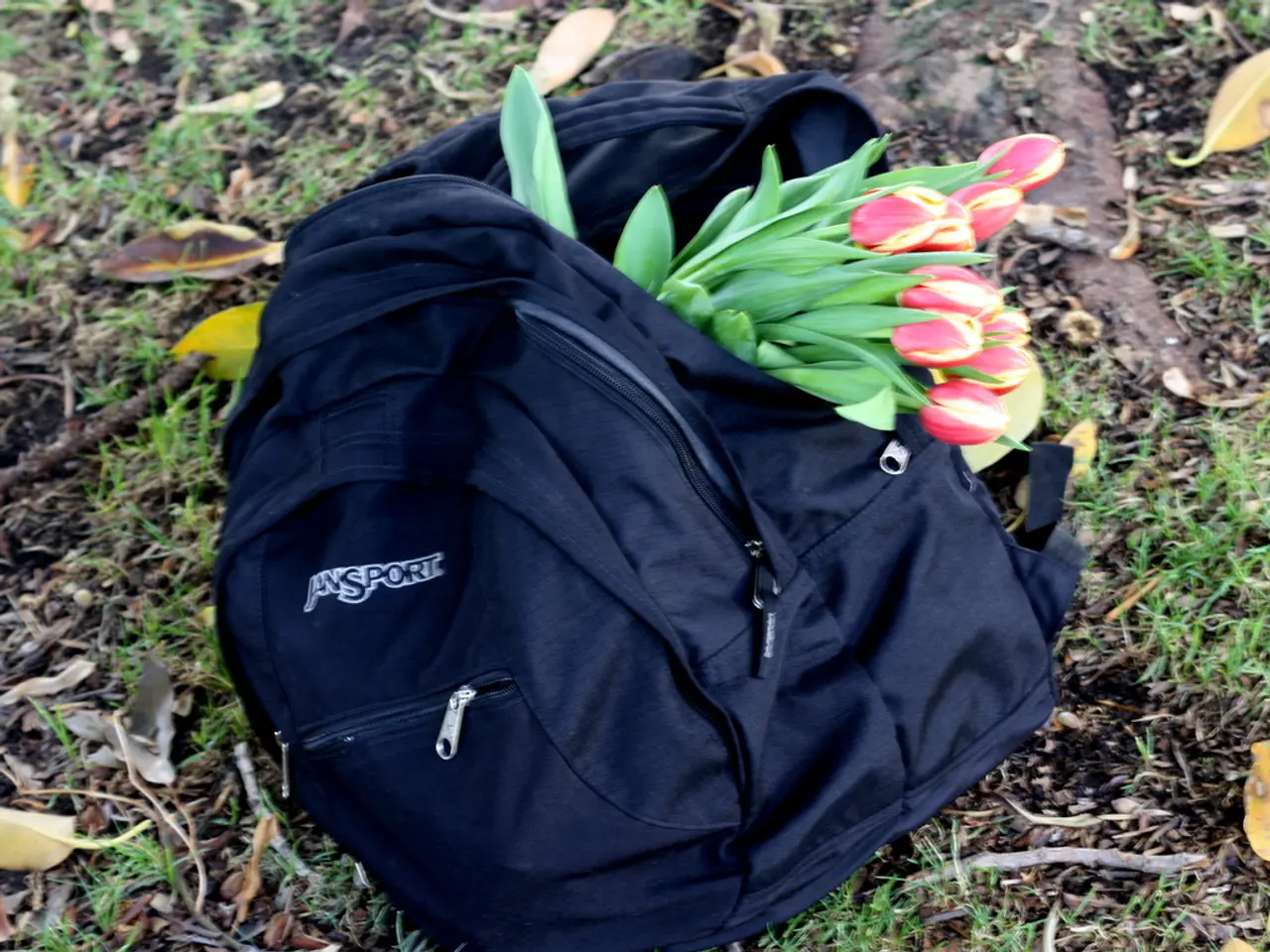Understanding the 16-16-16 Fertilizer: A Guide on Its Application
16-16-16 fertilizer is a balanced, all-purpose fertilizer containing equal parts nitrogen (N), phosphorus (P), and potassium (K). This versatile fertilizer is suitable for various plants, including lawns, vegetable gardens, flowering plants, and shrubs.
Optimal Usage and Application Frequency by Plant Type
Vegetable Gardens
Apply 16-16-16 fertilizer during the active growing season, ideally in early spring at planting time and again mid-season if necessary. Every 4 to 6 weeks is appropriate, but avoid over-fertilization as it can damage plants or stunt growth. Use soil tests to tailor specific needs and adjust amounts accordingly. Applying when plants are actively growing maximizes nutrient uptake.
Flowering Plants
Use 16-16-16 fertilizer when plants begin active growth in spring through late summer. Apply every 4 to 6 weeks to support vigorous growth and bloom production. Apply to dry soil or at the base to avoid burning leaves. Slow-release forms can be an alternative to reduce frequency and risk of over-fertilization.
Lawns
16-16-16 fertilizer can be used on lawns as a balanced feed, preferably in early spring and again in late summer or early fall. A single application can feed for several months if using a slow-release version. Avoid application during dormancy or hot summer to prevent stress. Repeat applications typically are 2 to 3 times per growing season, depending on lawn condition and soil fertility.
Additional Notes
- Always test soil pH and nutrient levels before application. Soil amendments like lime or sulfur may be necessary for optimal nutrient availability.
- Use caution to avoid applying fertilizer to wet plants to prevent leaf burn.
- For fruit trees, a similar balanced fertilizer can be used once or twice per year, focusing on early spring and again mid-summer for sustained nourishment.
- Slow-release formulations reduce application frequency, releasing nutrients gradually every watering cycle.
Summary Table
| Plant Type | Frequency | Timing | Notes | |-------------------|-------------------------------|------------------------------|------------------------------------------| | Vegetable Gardens | Every 4-6 weeks during growth | Early spring and mid-season | Adjust based on soil tests; avoid overuse| | Flowering Plants | Every 4-6 weeks during growth | Spring through late summer | Apply to soil, not wet foliage | | Lawns | 2-3 times per season | Early spring, late summer | Slow-release reduces frequency | | Fruit Trees | Once or twice per year | Early spring, mid-summer | Tailor to tree age and soil conditions |
In all cases, avoid fertilizing dormant plants or in deep winter, and monitor plant response to avoid nutrient burn.
Triple 16 Fertilizer
Triple 16 fertilizer blend provides necessary nutrients for clay, sand, and peat soils. It is safe for vegetable gardens and flowering plants. The frequency of reapplying Triple 16 fertilizer depends on the type: quick release every 3-4 weeks, slow release every 1-2 months (8 weeks).
Triple 16 fertilizer is slightly acidic, requiring informed decisions to avoid potential yield ruin. It is safe for both indoor and outdoor gardening. Plants provided with nitrogen help maintain an enriched green color during darker weather conditions due to improved chlorophyll production.
Excessive use of any fertilizer can potentially harm plants, shrubs, vegetation, fruits, or grass. Slow release granules are recommended for those who do not wish to apply fertilizer frequently. Triple 16 fertilizer can help with high-quality yield and resistance to diseases such as herbicides.
When tending to vegetable gardens, apply 16-16-16 fertilizer every 4 to 6 weeks during the active growing season, ideally at planting time and again mid-season if necessary. On the other hand, when cultivating flowering plants, use this fertilizer when plants begin active growth in spring through late summer, and apply every 4 to 6 weeks to support vigorous growth and bloom production.




